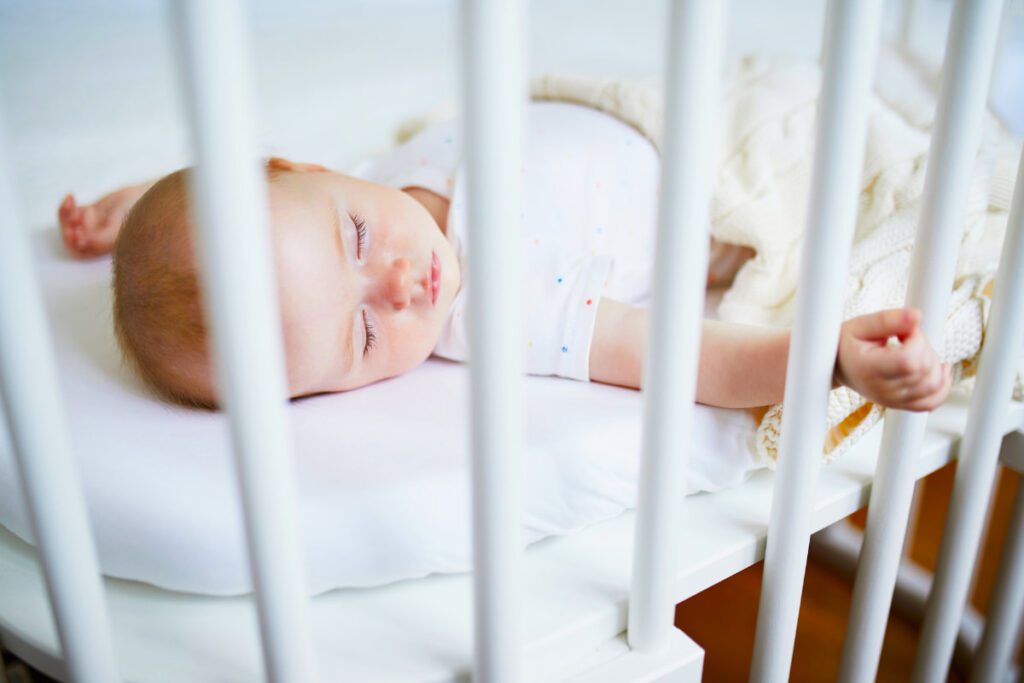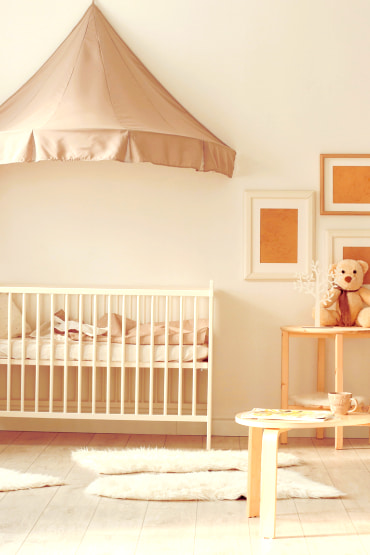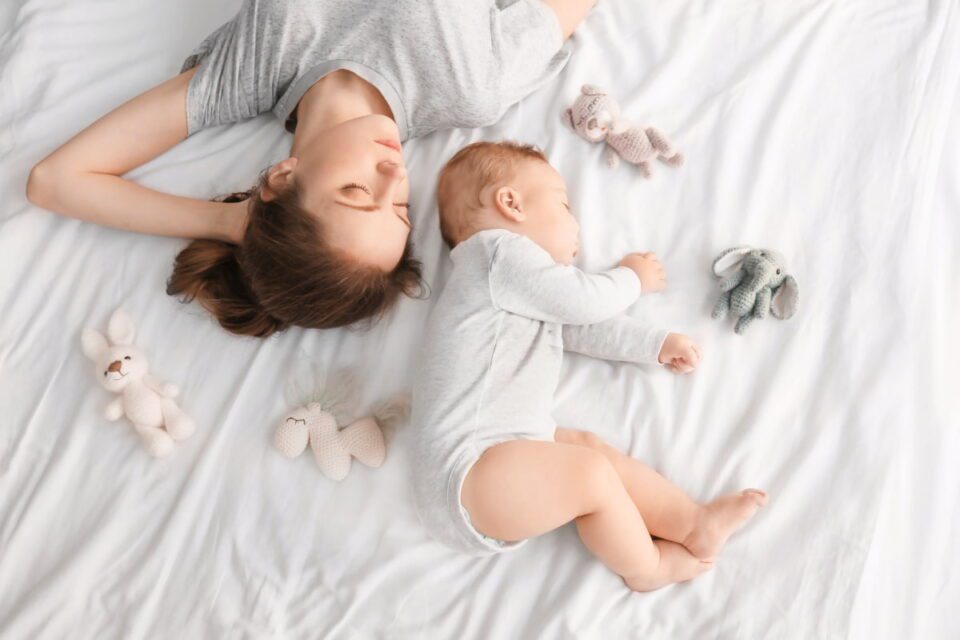In the realm of parenting, few decisions are as personal and impactful as the choice between co-sleeping and independent sleeping for your child. As sleep is intricately linked to overall health, it’s essential for parents to weigh the pros and cons of each approach to make informed decisions based on their family’s unique needs and preferences.
Understanding Co-Sleeping
What is Co-Sleeping?
Co-sleeping, also known as bed-sharing, refers to the practice of parents or caregivers sleeping in close proximity to their infants or young children. This sleeping arrangement involves sharing the same sleeping space, whether it be the same bed or a sidecar arrangement with a separate but attached sleeping surface for the child.
In a co-sleeping scenario, the child is typically within arm’s reach of one or both parents. This practice is prevalent in many cultures around the world and has been a traditional way of caring for infants in various societies.
It’s important to note that while co-sleeping generally refers to sharing a sleeping space, the term is often used more specifically to describe bed-sharing, where the infant or child sleeps in the same bed as the parents. Bed-sharing is a subset of co-sleeping and has both proponents and critics, with discussions focusing on factors such as bonding, convenience, and safety.
In the tranquIl moments of slumber, a magIcal bond connects parents wIth theIr babIes, transcendIng dreams and whIsperIng love
Pros:
- Bonding and Security: One of the most touted benefits of co-sleeping is the unparalleled bonding experience it offers. The physical closeness fosters a sense of security in infants, promoting emotional well-being.
- Ease of Night Feeding: For breastfeeding mothers, co-sleeping can simplify nighttime feedings. The proximity allows for quick and convenient access, promoting a smoother feeding routine and potentially better sleep for both parent and child.
- Promotes Healthy Sleep Patterns: Proponents of co-sleeping argue that it can lead to more regulated sleep patterns for infants. The presence of a caregiver can help babies learn to self-soothe and regulate their sleep cycles.

Cons:
- Safety Concerns: The American Academy of Pediatrics (AAP) warns about the potential hazards of co-sleeping, especially on sofas or armchairs. There is an increased risk of accidental suffocation or Sudden Infant Death Syndrome (SIDS) in certain co-sleeping arrangements.
- Dependency Concerns: Critics argue that constant proximity may foster dependency in children, potentially hindering the development of self-soothing skills and independence.
- Impact on Parental Sleep: While co-sleeping can facilitate night feedings, it might come at the cost of parental sleep quality. The constant awareness of the child’s presence can lead to lighter and more fragmented sleep for parents.
It’s essential for parents considering co-sleeping to be aware of safe sleep practices, which include using a firm mattress, avoiding soft bedding, and ensuring that there are no potential hazards in the sleep environment.
An InvIsIble thread of magIc tIes parents and theIr babIes together Even In the quIetness of sleep—a connectIon that transcends the physIcal and dances In the realm of dreams
Exploring Independent Sleeping
What is Independent Sleeping?
Independent sleeping refers to a sleep arrangement where infants or young children sleep separately from their parents or caregivers. In this scenario, the child typically has their own sleeping space, such as a crib or bassinet, in a separate room from the parents. This approach contrasts with co-sleeping, where the child shares the same sleeping space with one or both parents.
The goal of independent sleeping is to encourage a child to sleep on their own and develop the ability to self-soothe. This sleeping arrangement is often associated with placing infants in cribs, which are designed to provide a safe and secure sleeping environment. Independent sleeping is a common practice in many Western cultures, although sleeping practices can vary widely across different societies and individual families.

Pros:
- Promotes Independence: Independent sleeping environments encourage self-soothing and independence from an early age, fostering a sense of autonomy in children.
- Reduced Risk of Sleep-Related Accidents: Following safe sleep guidelines, such as placing infants on their backs in cribs with no soft bedding, reduces the risk of SIDS and accidental suffocation.
- Uninterrupted Parental Sleep: Parents often report better sleep quality when their child sleeps independently. This can contribute to overall well-being and better parenting capacity.
Cons:
- Potential Emotional Distance: Some argue that independent sleeping may lead to emotional distance between parents and children, as the physical closeness inherent in co-sleeping is absent.
- Challenges in Nighttime Feeding: For breastfeeding mothers, independent sleeping arrangements may require getting out of bed for nighttime feedings, potentially disrupting sleep routines.
- Adaptation Period: Transitioning from co-sleeping to independent sleeping can be challenging for both parents and children. It requires patience and consistency to establish a new sleep routine.
While independent sleeping has its advantages, such as fostering independence and potentially promoting better sleep quality for parents, it’s essential for caregivers to follow safe sleep guidelines. These guidelines often include placing infants on their backs to sleep, using a firm mattress, and avoiding soft bedding to reduce the risk of Sudden Infant Death Syndrome (SIDS) and other sleep-related accidents.
Making an Informed Decision
Understanding the pros and cons of both co-sleeping and independent sleeping is crucial, but the decision ultimately rests on the unique dynamics of each family. Factors such as parental comfort, cultural practices, and the child’s temperament play significant roles.
Tips for Making the Decision:
- Evaluate Safety Measures: If opting for co-sleeping, invest in a safe sleep environment, such as a co-sleeper attached to the bed, to mitigate safety concerns.
- Consider Family Dynamics: Each family is unique, and what works for one may not work for another. Consider the family’s dynamics, routines, and cultural beliefs when making this decision.
- Gradual Transitions: If transitioning from co-sleeping to independent sleeping, consider a gradual approach. Start with a sidecar crib or bassinet before moving to a separate room.
- Prioritize Sleep Hygiene: Regardless of the chosen sleeping arrangement, prioritize sleep hygiene for both parents and children. Maintain a consistent bedtime routine, create a conducive sleep environment, and ensure adequate sleep duration.
Scientific Insights into Sleep and Immune System Functions
Numerous scientific studies emphasize the crucial role of sleep in supporting a robust immune system. Quality sleep promotes the release of cytokines, essential proteins that help the immune system combat infections. Moreover, inadequate sleep has been linked to a higher susceptibility to illnesses and slower recovery.
By understanding the intimate connection between sleep and immune function, parents can appreciate the significance of creating a healthy sleep environment for their children.
The nIght unfolds a magIcal connectIon between parents and theIr babIes, where dreams become the threads weavIng an unbreakable bond of love
Conclusion
Ultimately, the decision between co-sleeping and independent sleeping is a personal one, influenced by cultural, familial, and individual preferences. Parents should carefully consider their unique family dynamics, safety considerations, and the sleep needs of their child when choosing a sleep arrangement.
In conclusion, the co-sleeping vs. independent sleeping debate is nuanced and multifaceted. By considering the pros and cons, understanding the scientific underpinnings of sleep, and prioritizing individual family dynamics, parents can make informed decisions that contribute to the well-being of both their children and themselves. After all, a good night’s sleep is not just a luxury; it’s a foundation for a healthy and thriving family.

